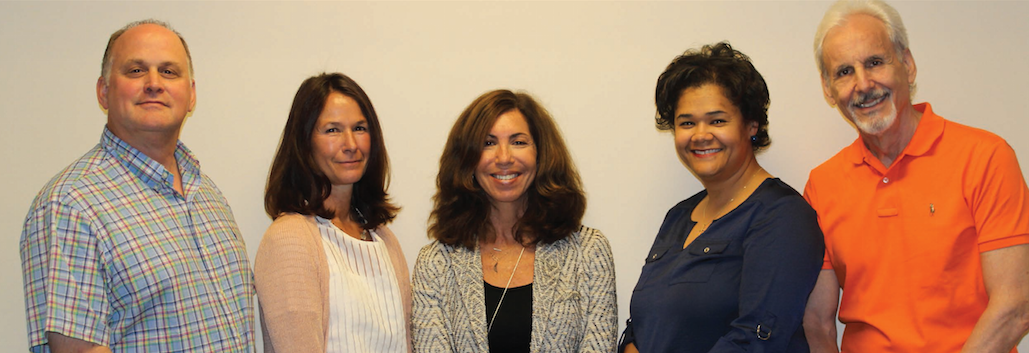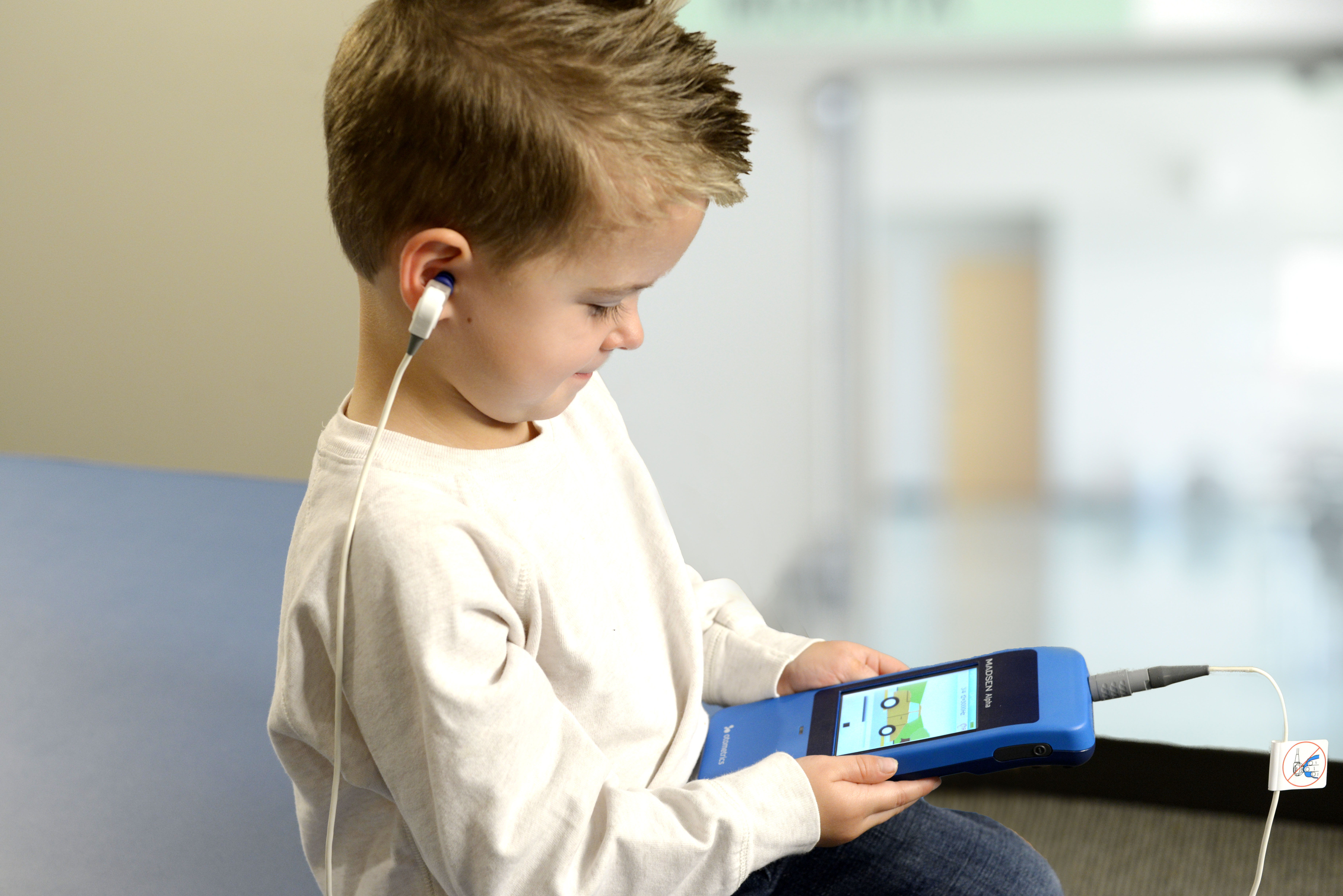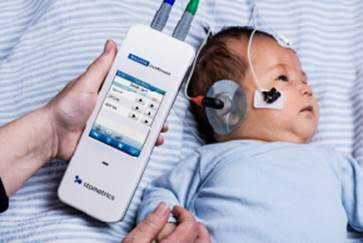Hearing Screening: A Closer Look at Early Detection and Patient Care with Audiology Systems
Carolyn Smaka: Tell me about early detection. Why is it important?
Diane Sabo: The current hearing screening process begins with newborn screening. According to the National Center for Hearing Assessment and Management, every state and territory in the United States has now established an Early Hearing Detection and Intervention (EHDI) program. These programs ensure that every child born with a permanent hearing loss is identified before three months of age and provided with timely and appropriate intervention services before six months of age. Identifying hearing loss at a very early age is important because children with hearing loss often fall behind their peers in speech and language development, cognitive skills and social skills. If the hearing loss isn’t treated these deficits can lead to adult issues such as reduced socio-economic status, poor socialization skills, depression, etc. Obviously, the earlier we can identify hearing loss the sooner we can begin to treat the problem and have better outcomes for that individual.
Randi Winston Gerson: Early childhood screening is also common as not all hearing loss can be identified at birth. Screening during early childhood or beyond the newborn period is critical because hearing loss is an invisible condition. Between birth and age five, the incidence of hearing loss doubles. Just because a newborn passed their hearing screening at birth, it is not a guarantee that a late onset and/or progressive hearing loss won’t develop. As a result, early childhood programs, such as Early Head Start, require hearing screening with all new enrollments.

Audiology Systems' Screening Team (left to right): David Adlin, Diane Sabo, Randi Winston Gerson, Mona Dworsack-Dodge, Ron Saks.
Carolyn: So does early detection apply exclusively to newborn and pediatric screening?
David Adlin: No. When people hear the words “early detection” they think it means screening at a young age. However, it is more about detecting the problem at the earliest possible time. The sooner you can detect hearing loss, the better the outcome for the person with the loss. Hearing deficits can occur at any age and hearing screening plays a vital role to ensure that patients can avoid communication roadblocks and potentially have a better quality of life.
Ron Saks: I agree with David, most people associate hearing screening with newborns and young children. But a hearing loss can occur at any age. Promoting screening to adults as well as children can provide new opportunities for hearing professionals to expand their service offering and generate new revenue streams. But more importantly, address hearing loss issues before it significantly impacts a person’s quality of life.
Mona Dworsack-Dodge: To Ron’s point, in 2011 Johns Hopkins and the National Institute on Aging published a study describing a link between hearing loss in seniors and dementia. They cite the need to screen adults periodically so a potential hearing loss can be identified as early as possible, and treatment can begin. The American-Speech-Language-Hearing Association (ASHA) recommends that adults be screened for hearing impairment at least every decade through age 50 and at 3-year intervals thereafter.
Hearing loss can occur at any age and screening plays a vital role to ensure that patients can avoid communication roadblocks.
Carolyn: Let’s talk about the screening side of audiology. What tools are available for audiologists who would like to add hearing screening to their practice?
Ron: In my experience, versatility is key when selecting screening devices for your practice. From otoacoustic emissions (OAEs) to tympanometry and reflex screening, handheld screening devices today are designed to test patients of all ages and make the screening process more convenient for the screener, especially when testing children. There are many screening device options, you simply need to find the best fit for you and your practice.
Randi: The MADSEN Alpha® OAE screener by Otometrics is great for objective hearing screening. It helps reduce fidgeting and squirming when testing children, because of its unique built in features. For example, once the probe is placed in the ear, just a single touch starts the test. That single touch also starts an entertaining cartoon video to keep the child engaged and quiet during the test. The cartoon creates a friendly, relaxed testing environment.
David: Cartoons and touch screens make hearing screening fun for the child, and fast for the tester. Additionally, the MADSEN Alpha meets the requirements of CPT code 92587 and makes OAE screening easy to administer in any setting. Having the option to choose diagnostic, screening or both functionalities is a practical feature to consider for audiologists who plan to add screening to their practice.
MADSEN Alpha OAE features an engaging video and full color touch screen which helps reduce fidgeting and squirming during hearing screening.
Diane: In addition to screening, PATH Medical Solutions offers innovative instrumentation for diagnostic audiology. The Sentiero Desktop is the world’s first OAE device with diagnostic tympanometry, ipsilateral and contralateral acoustic reflex, pure tone audiometry in one portable desktop device. Because it can perform OAE testing, tympanometry and audiometry in a single device, it is an affordable, unique and flexible solution for an audiologist or the screening professional.
Ron: Audiologists and hearing care professionals who already own an AURICAL® or MADSEN® product that is integrated with OTOsuite® can also benefit from EMR-ready immittance screening by adding the MADSEN® OTOflex 100 Quick- check to their existing workflow. All patients from infants to adults can be tested with the Quick-check. It offers flexible tympanometry and reflex screening. OTOsuite software ties all the different equipment together and allows for convenient access to the results all in one location. OTOsuite integration and Noah-compatibility allows for combined reporting for the patient’s full test process. The ability to control the tympanometer using a PC-interface , even allows for real-time patient counseling while screening. In addition, OTOflex’s wireless connectivity lets you adapt to your patient’s comfort, like screening the child in a car seat or while sitting on the floor.
Carolyn: What about for newborn hearing screening (NHS)? What are latest developments in NHS technology?
David: If your daily work involves screening babies, there are robust systems in the market that will improve your workflow. Today’s devices are designed to be versatile yet easy-to-use.
Ron: The SmartScreener – Plus2 by Intelligent Hearing Systems is a complete easy-to-use cart based solution that offers a choice of ABR screening, OAE screening or both. All of which are simple to operate. An integrated Data Back-up utility allows for seamless results transfer to central databases.
Randi: The MADSEN AccuScreen® by Otometrics, is a compact all-in-one handheld solution to newborn hearing screening. A color display with vibrant icons and intuitive navigation allows you to focus on the infant instead of the technology. This two-step OAE and/or ABR testing combined in a single hand- held device offers all the capabilities of a cart-based system. Ideal for location independence or protocols that demand room-to-room testing. So, there are several great equipment solutions available, it really depends on your clinic needs. Professionals can schedule a consultative appointment with an Audiology Systems sales representative to help decide which option is best for their needs.
MADSEN AccuScreen® offers two-step OAE and/or ABR testing combined in a single device offers, and all the capabilities of a cart-based system.
Carolyn: Since its foundation in 2012, Audiology Systems has promised to elevate customer care in the United States. In addition to hearing instrumentation, what other services are available to hearing care professionals?
David: At Audiology Systems, we offer everything a professional needs to maximize the use of their equipment -- this elevates our service delivery. For example, our calibration services ensure that all screening devices are always up-to-date. Our customers can rest assured that our service team is comprised of professionals who are NASED- or HIMSA- certified and are factory-trained to service any hearing care equipment – not just that of Otometrics. We calibrate all makes and models, we are the one-stop shop for one-time and pre-planned service and calibration.
Ron: We create solutions to meet the demands of this market. As mentioned prior, Audiology Systems provides a complete line of intuitive hearing screening and assessment solutions to help audiologists, nurses, and hearing healthcare professionals address hearing screening in infants, young children and adults. In addition to equipment, the Audiology Systems webshop is our convenient online shopping site featuring commonly used screening supplies, accessories and disposables, such as ear tips, probe tips cables and more. So screeners and inventory managers can easily restock at their convenience. This online shopping service helps save time when restocking on supplies for your facility.
Diane: With this team – David, Mona, Ron, Randi and me - Audiology Systems customers have direct access to consultative and paramount hearing screening expertise. This team collectively has close to a century of experience in hearing screening. We joined the company primarily to provide screeners, audiologists and other hearing care professionals with specialized knowledge and consultative support.
Randi: Furthermore, Audiology Systems’ sales and service team is trained and supported by a full staff of in-house audiologists, including the three of us here. Having this level of expertise is essential to our dedication to elevate the customer experience. All-in-all, Audiology Systems now brings to every customer close to 160 years of collective experience in audiology – which materialize in every informational and educational material we have and will produce for our customers.
Mona: What we are trying to say is – we elevate the customer care by addressing the full package, everything a hearing care professional needs for their practice. In addition to hearing screening we offer solutions for: hearing and balance care equipment and sound rooms; service and calibration; supplies; and education. We have a team of experts in our respective fields. We will continue to rethink our strategy and develop intuitive solutions so we can “help the helpers” focus on patient care. And, more importantly, we will continue to grow our team and invest in the right people to support our customers in the best way possible.
Carolyn: Thank you for your time, everyone. Learn about Audiology Systems’ screening solutions at www.audiologysystems.com/screening. You can also visit the Audiology Systems/Otometrics Expo page to find more articles, CEU courses and interviews.









